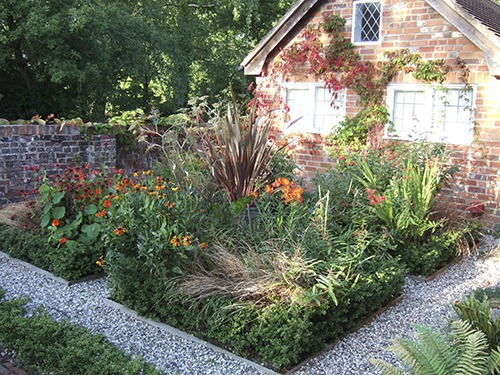The Master Gardener column takes a winter break beginning in November and will return in March.
Gardening on the Olympic Peninsula is a year-round activity, however, so “Clip and Save” this article to have it handy during the coming months. Thanks again this year go to Judy English, Michele Mangiantini and Beanie Gersbach, the behind-the-scenes Master Gardeners who edit all of the articles written for the “Get It Growing” column.
Look for us here in March of next year.
Get ready
These activities can be done November-February:
• Transplant! Transplant! Transplant! Fall and winter rain, more moderate temperatures and less intense sunlight allow plants to establish their roots before summer arrives. Do not transplant when temperatures are below freezing.
• Remove debris and garden waste; dispose or compost, as appropriate.
• Rake and destroy fallen apple and pear leaves to protect against scab. Do not compost infected leaves.
• Lightly water and fertilize indoor plants
• Clean and sharpen garden tools; store in dry place.
• Pull weeds while the soil is moist and soft and before weeds produce seeds.
• Mow grass as needed and as weather permits.
• Replenish bark and gravel on pathways.
In November
• Perform a soil test. Clallam Conservation District provides this service. Go to www.clallamcd.org for instructions.
• Use soil test results to determine if amendments are needed. Because changes in pH take time, apply lime (if soil is too acidic for intended use) or sulfur (if soil is too alkaline for intended use) as suggested by the soil test. Amendments should be worked into the top 6-8 inches of soil.
• Move container plants into a more sheltered location. Consider wrapping pots in a blanket, thick layer of newspaper or bubble wrap for added protection against freezing.
• Mulch roses with loose soil, wood chips or shredded leaves; be sure to cover the bud union. Do not fertilize.
• Plant onion starts.
• After the first hard frost, add mulch around winter vegetable plants and root crops being stored in the ground to protect them from cold temperatures. Mulch strawberry plants with 3-5 inches of straw or pine needles.
• Protect young trees from gnawing critters by wrapping trunks with plastic tree guards.
• Late in November, fertilize lawns.
• For blooms by Christmas, replant amaryllis allowed to go dormant for 6 to 8 weeks or purchase new bulbs. Water once thoroughly and again only when top inch of soil is dry.
In December
• Prune evergreens to make holiday decorations.
• Force paperwhites for gifts and personal enjoyment.
• Plan next year’s vegetable garden paying attention to crop rotation; order seeds.
In January
• Prune trees and shrubs while they are dormant. Do not prune when temperatures drop below freezing.
• If aphids and mites have been a problem, apply horticultural oils to fruit trees and blueberry bushes. Do not apply oils if plant tissues are wet, temperature is below 40 degrees or rain is likely in next 24 hours.
In February
• Early February can bring deep cold so do not uncover roses until late in the month.
• Prune established blueberry bushes (3 or more years) to increase productivity. Remove broken or diseased branches, those low to the ground, thin weak shoots, 2-3 older canes (6-plus years) and all but 2-3 strong new canes that emerged the previous summer.
• Thin second year raspberry canes to 3-5 canes per square foot. Remove any dead or damaged canes.
• Begin pulling mulch away from emerging bulbs in mid-month.
• Check lawn for standing puddles. Correct drainage or replace lawn with ground cover more appropriate to location.
• Start cool weather vegetables indoors; by month’s end they should be ready to move to a cooler sheltered location to harden-off before planting.
Lois Bellamy and Bill Wrobel are Washington State University-certified, Clallam County Master Gardeners.


